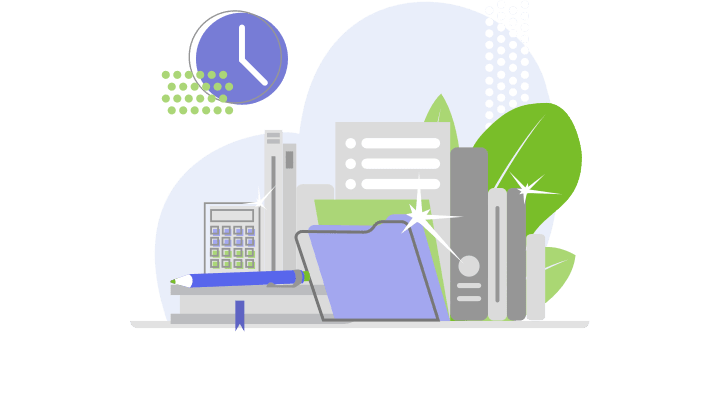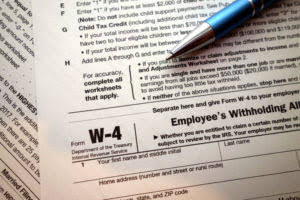Direct Write-Off Method vs the Allowance Method for Bad Debt
This method ensures that financial statements are consistent, comparable, and provide a fair representation of the company’s financial position. Bad debt refers to the amount of accounts receivable that a company considers uncollectible. This occurs when customers, due to various reasons, are unable or unwilling to pay the amounts they owe for goods or services purchased on credit. Bad debt is an inevitable risk in any business that extends credit to its customers.
What does Coca-Cola’s Form 10-k communicate about its accounts receivable?
The direct write-off method can be a useful option for small businesses infrequently dealing with bad debt or if the uncollectibles are for a small amount. Bad debts in business commonly come from credit sales to customers or products sold and services performed that have yet to be paid for. As a online bookkeeping direct write off method example, imagine that a business submits an invoice for $500 to a client, but months have gone by and the client still hasn’t paid. At some point the business might decide that this debt will never be paid, so it would debit the Bad Debts Expense account for $500, and apply this same $500 as a credit to Accounts Receivable. Inevitably some of the amounts due will not be paid and the business will need to have a process in place to record these bad debts.
- The sale occurred December 1st 2015 and has payment due in 60days, so at year end December 31st 2015 the account is not yet due.
- Let us understand the journal entries passed during direct write-off method accounting.
- The allowance method is favored by Generally Accepted Accounting Principles (GAAP) due to its adherence to the matching principle and its ability to provide a more accurate representation of a company’s financial position.
- This method ensures that financial statements are consistent, comparable, and provide a fair representation of the company’s financial position.
- For the past 52 years, Harold Averkamp (CPA, MBA) has worked as an accounting supervisor, manager, consultant, university instructor, and innovator in teaching accounting online.
What Is Wrong with the Direct Write off Method?
It must be within the rules and laws framed by the bodies for an accounting of transactions so that a true and correct picture of the Financial Statements can be shown to the stakeholder of the entity. Therefore it is not advised to use the Direct Write-off Method to book for the uncollectible receivables. Instead, the company should look for other methods such as appropriation and allowance for booking bad debts for its receivables. The reason why this contra account is important is that it exerts no effect on the income statement accounts. It means, under this method, bad debt expense does not necessarily serve as a direct loss that goes against revenues. Under the direct write-off method, bad debt expense serves as a direct loss from uncollectibles, which ultimately goes against revenues, lowering your net income.
Importance of Bad Debt Expense
- Let us understand the direct write-off method journal entries with the help of a couple of examples.
- When a customer is identified as uncollectible, we would credit Accounts Receivable.
- We will demonstrate how to record the journal entries of bad debt using MS Excel.
- If the company uses a percentage of sales method, it must ensure that there will be enough in Allowance for Doubtful Accounts to handle the amount of receivables that go bad during the year.
- As a direct write off method example, imagine that a business submits an invoice for $500 to a client, but months have gone by and the client still hasn’t paid.
Ultimately, this approach enhances the overall reliability and usefulness of financial information, contributing to the stability and trustworthiness of a company in the eyes direct write-off method of investors, creditors, and other stakeholders. The allowance method holds substantial importance in financial accounting as it provides a structured approach to anticipate and manage potential losses from uncollectible accounts. By establishing a reserve based on historical data, customer risk assessments, and current economic conditions, businesses can more accurately reflect their financial health. The Allowance Method in accounting sets aside funds to cover anticipated bad debts from credit sales.
The Coca-Cola Company (KO), like other U.S. publicly-held companies, files its financial statements in an annual filing called a Form 10-K with the Securities & Exchange Commission (SEC). Let’s try and make accounts receivable more relevant or understandable using an actual company. The amount used will be the ESTIMATED amount calculated using sales or accounts receivable. Chartered accountant Michael Brown is the founder and CEO of Double Entry Bookkeeping. He has worked as an accountant and consultant for more than 25 years and has built financial models for all types of industries. He has been the CFO or controller of both small and medium sized companies and has run small businesses of his own.
Bad debt expense also helps https://www.bookstime.com/articles/quickbooks-self-employed companies identify which customers default on payments more often than others. When using an allowance method, it is critical to know what you are calculating. If using sales in the calculation, you are calculating the amount of bad debt expense. If using accounts receivable, the result would be the adjusted balance in the allowance account. When an account is deemed to be uncollectible, the business must remove the receivable from the books and record an expense.
- Apparently the Internal Revenue Service does not want a company reducing its taxable income by anticipating an estimated amount of bad debts expense (which is what happens when using the allowance method).
- The estimated amount is debited from the Bad Debts Expense and credited to an Allowance for Doubtful Accounts to maintain balance.
- Under the direct write-off method, bad debts expense is first reported on a company’s income statement when a customer’s account is actually written off.
- Reporting revenue and expenses in different periods can make it difficult to pair sales and expenses and assets and net income can be overstated.
- The Direct Write-Off Method is an approach used to account for bad debts.
- Remember that allowance for doubtful accounts is the holding account in which we placed the amount we estimated would go bad.
In other words, it can be said that whenever a receivable is considered to be unrecoverable, this method fully allows them to book those receivables as an expense without using an allowance account. It should also be clarified that this method violates the matching principle. As in, Expenses must be reported in the period in which the company has incurred the revenue.
By initially creating a reserve and then adjusting it for specific bad debts and recoveries, ABC Inc. ensures a more accurate reflection of its financial position. Under the direct write off method, when a small business determines an invoice is uncollectible they can debit the Bad Debts Expense account and credit Accounts Receivable immediately. This eliminates the revenue recorded as well as the outstanding balance owed to the business in the books. Under the allowance method, a company needs to review their accounts receivable (unpaid invoices) and estimate what amount they won’t be able to collect. This estimated amount is then debited from the account Bad Debts Expense and credited to a contra account called Allowance for Doubtful Accounts, according to the Houston Chronicle.





